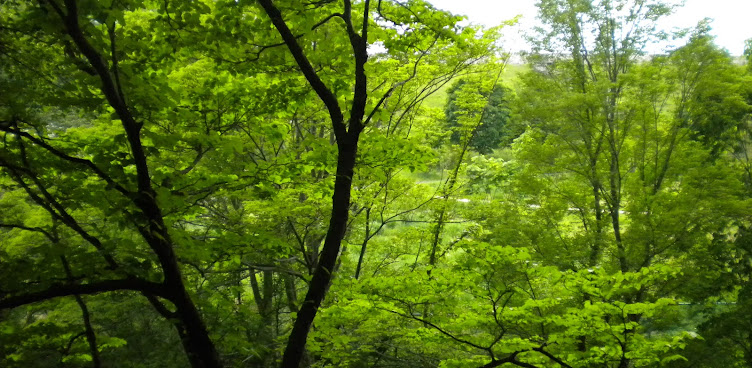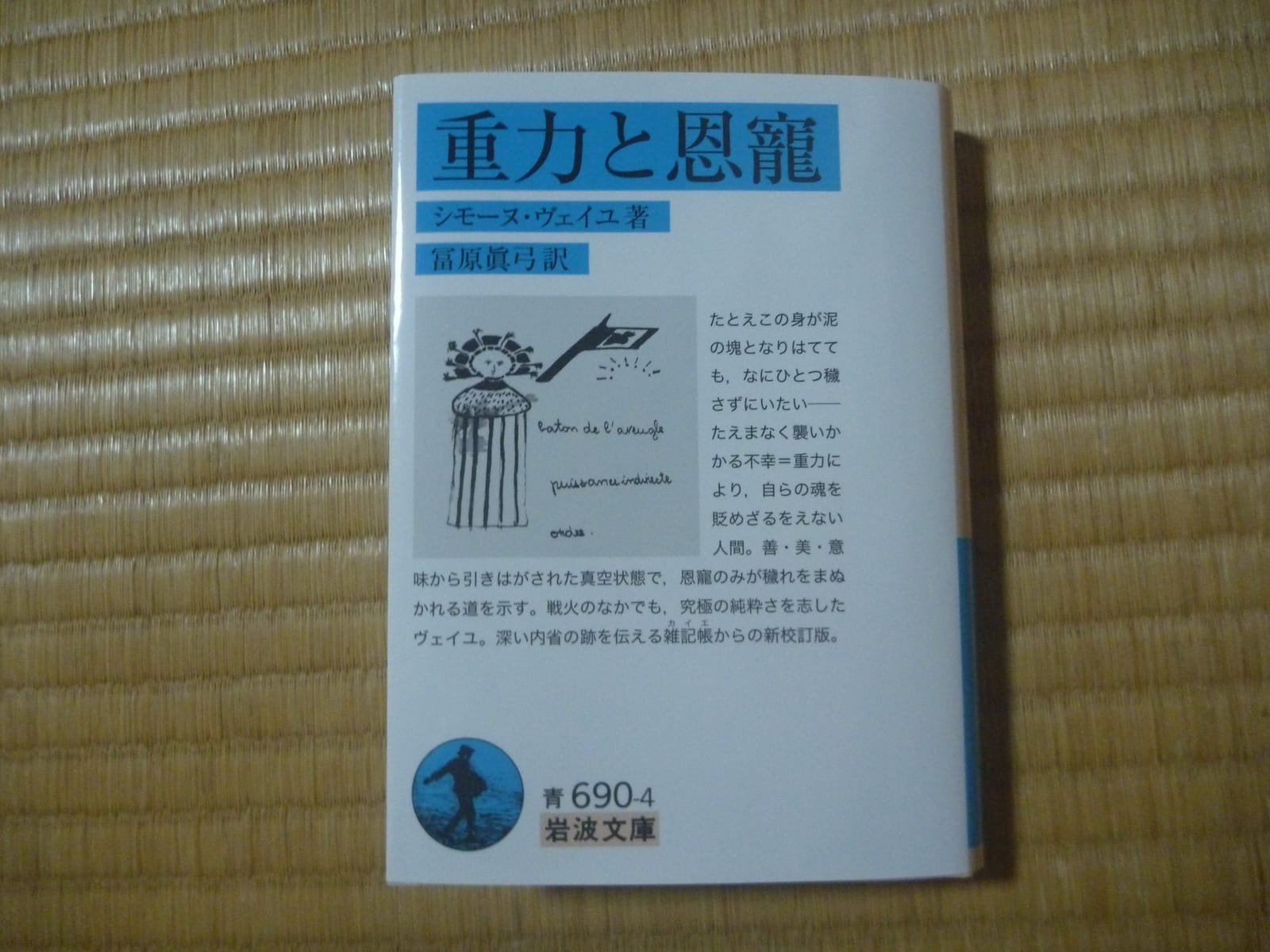Letter to O. again. When I could not find any object at the campus while I ruminated KIYOOKA's stanza.
Letter to O. again
Dear O.
From TANAKA, again send a letter.
Thanks a lot for your kind letter although you are in every day busy work.
I had thought again sending a letter to you but I could not, for year-end thorough cleaning of my little house.
The fact is I uploaded the letter to you on my Blogger SRFL News, removing your private part.
This blog is still now ranked in the third position.
My blog is written by English so the readers are almost foreigners. But this blog is written in Japanese as same as the real letter to you. Your sincere thinking of old books may give the readers with agreement, who love the old books like you.
Blog's URL is the next.
In your letter, you wrote that you would read the books comfortably not selling the old books of your work. I have also felt the same feeling so I bought Development of the modern poems written by ANDO Tsuguo who was the fine teacher of literature at the university and I once went to his home thinking to hear his intimate voice on poem and literature. He was one of the most typical poet and critic in the present age of Japan.
And now I would want to read KIYOOKA Takayuki's collected poems, that was ever read in my youth.
In autumn 1970 I was the senior of university, when the next spring I would graduate, I met with the thick French binding KIYOOKA's collected poems at the well drop-in bookshop of Hachioji, Tokyo. At that time I could not yet find my whole life object of learning.
In his book, I read a long poem titled "at the campus of university" in which he wrote that he meets with the whole life object of learning as he meets with his beloved person in his life.
The next spring 1971 I graduated the university, when I could not find any object at the campus while I ruminated KIYOOKA's stanza.
What I really met with my whole life object was already entered in the 21 century at my age 56 in 2003 after much trial and error. It was language universals that was ever taught from CHINO Eiichi who was the real life time teacher of mine and the successor of the Linguistic Circle of Prague, who spent 7 year study at Prague.
Sergej Karcevskij gave me the great hint of approach to language universals through the famous paper titled "Du Dualisme asymétrique du signe linguistique" 1929.
In 2003 I wrote a paper titled " Quantum Theory for Language" after some trial papers, " On Time Property Inherent in Characters", " Manuscript of Quantum Theory for Language" .
In 2004 I wrote two attached papers, " Distance Theory" and "Reversion Theory".
The proper papers' URL is the next.
After the suggestion of CHINO, I have tried the very hard road of writing style using mathematical base assisted from many contemporary mathematician works,especially at the field of algebraic geometry.
Dear O. I am very happy to meet with you so you gave me the true value of books and the precious relationship between books and human being. Your work and suggestion made me recollect the important people and events on my life.
With best regards,
Tokyo
2 January 2018
TANAKA Akio
Sekinan Library
From TANAKA, again send a letter.
Thanks a lot for your kind letter although you are in every day busy work.
I had thought again sending a letter to you but I could not, for year-end thorough cleaning of my little house.
The fact is I uploaded the letter to you on my Blogger SRFL News, removing your private part.
This blog is still now ranked in the third position.
My blog is written by English so the readers are almost foreigners. But this blog is written in Japanese as same as the real letter to you. Your sincere thinking of old books may give the readers with agreement, who love the old books like you.
Blog's URL is the next.
In your letter, you wrote that you would read the books comfortably not selling the old books of your work. I have also felt the same feeling so I bought Development of the modern poems written by ANDO Tsuguo who was the fine teacher of literature at the university and I once went to his home thinking to hear his intimate voice on poem and literature. He was one of the most typical poet and critic in the present age of Japan.
And now I would want to read KIYOOKA Takayuki's collected poems, that was ever read in my youth.
In autumn 1970 I was the senior of university, when the next spring I would graduate, I met with the thick French binding KIYOOKA's collected poems at the well drop-in bookshop of Hachioji, Tokyo. At that time I could not yet find my whole life object of learning.
In his book, I read a long poem titled "at the campus of university" in which he wrote that he meets with the whole life object of learning as he meets with his beloved person in his life.
The next spring 1971 I graduated the university, when I could not find any object at the campus while I ruminated KIYOOKA's stanza.
What I really met with my whole life object was already entered in the 21 century at my age 56 in 2003 after much trial and error. It was language universals that was ever taught from CHINO Eiichi who was the real life time teacher of mine and the successor of the Linguistic Circle of Prague, who spent 7 year study at Prague.
Sergej Karcevskij gave me the great hint of approach to language universals through the famous paper titled "Du Dualisme asymétrique du signe linguistique" 1929.
In 2003 I wrote a paper titled " Quantum Theory for Language" after some trial papers, " On Time Property Inherent in Characters", " Manuscript of Quantum Theory for Language" .
In 2004 I wrote two attached papers, " Distance Theory" and "Reversion Theory".
The proper papers' URL is the next.
After the suggestion of CHINO, I have tried the very hard road of writing style using mathematical base assisted from many contemporary mathematician works,especially at the field of algebraic geometry.
The paper " Quantum Theory for Language" was selected one of the 4 oral presentations of the linguistic field of a international symposium focused on the Silk Road.
On Karcevskij and CHINO I wrote a tiny paper, " Prague in 1920" which was dedicated the two as a token of my cordially gratitude.
Dear O. I am very happy to meet with you so you gave me the true value of books and the precious relationship between books and human being. Your work and suggestion made me recollect the important people and events on my life.
With best regards,
Tokyo
2 January 2018
TANAKA Akio
Sekinan Library
Read more: https://srfl-lab.webnode.com/news/letter-to-o-again-when-i-could-not-find-any-object-at-the-campus-while-i-ruminated-kiyookas-stanza/




